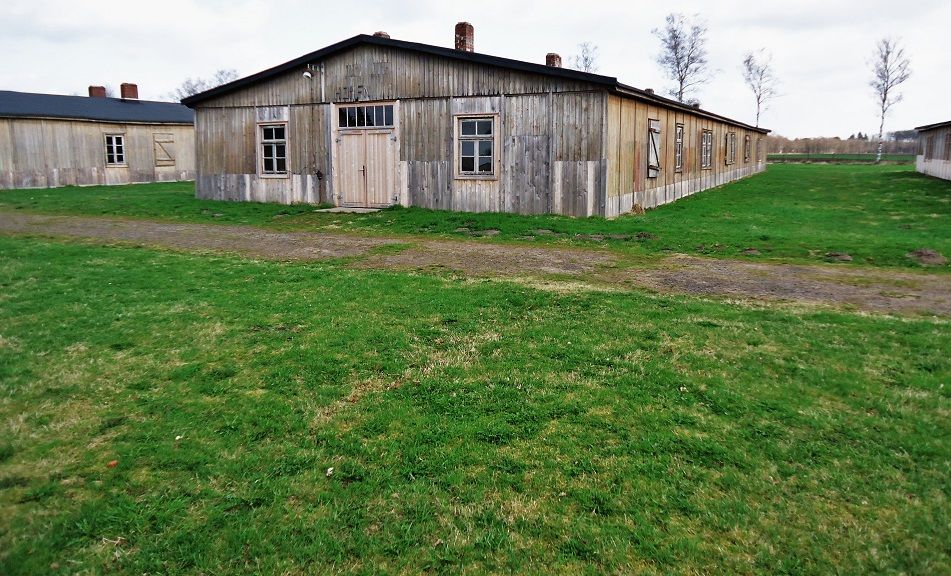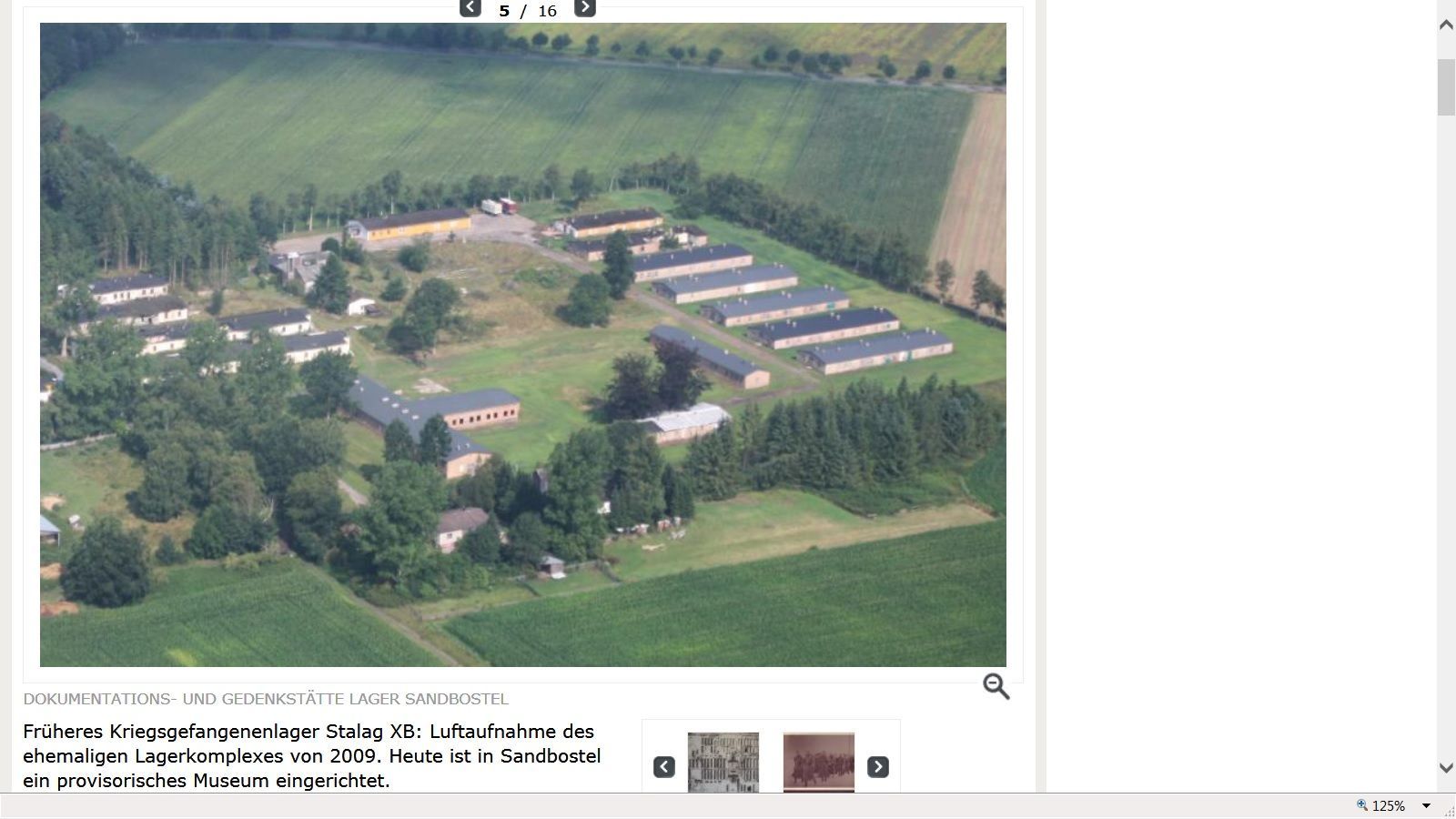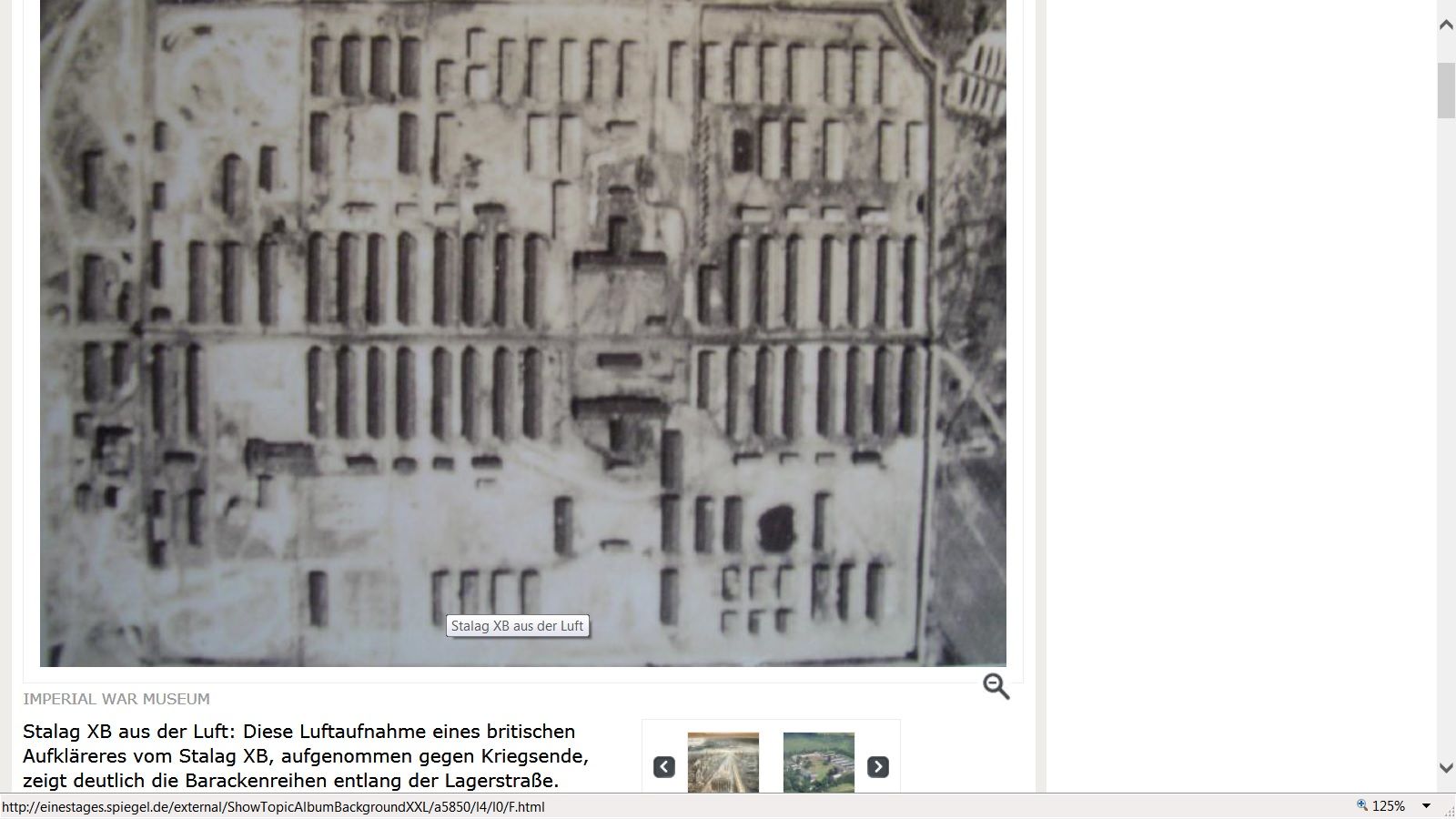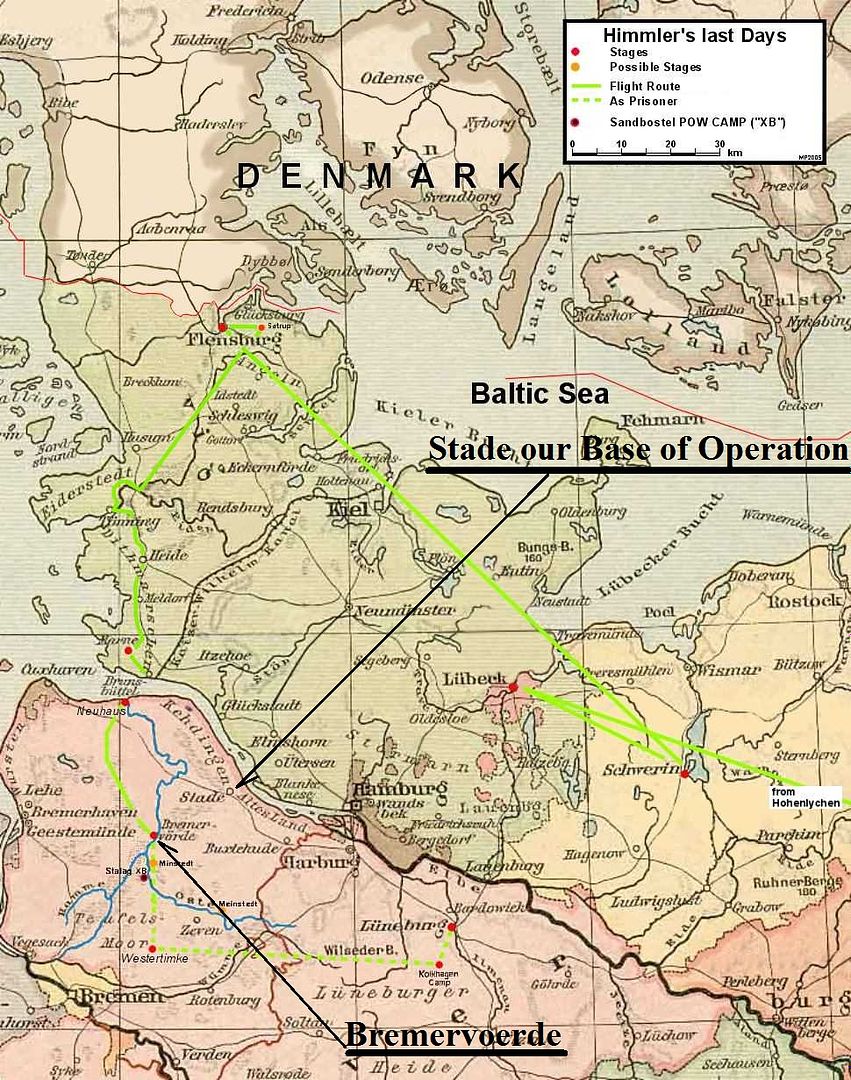Post by Karl Welteke on Sept 16, 2013 16:55:19 GMT 8
OERBKE SOVIET CEMETERY, STALAG XID/321
This camp was established in 1941 for the Soviet prisoners. By spring 1942 about 10,000 Russians had died from starvation and sickness. This location is next to the POW camp STALAG XIB and STALAG 357 in Fallingbostel.
The cemetery was started by the Soviets in 1945 but is now under the authority the district Lueneburg.
After we visited the Fallingbostel Military Museum and the Fallingbostel POW STALAG XIB Monument we visited the cemetery and 15 images from this visit are in this album:
www.flickr.com/photos/44567569@N00/sets/72157635533244892/
Here are 12 sample images, 6 are from the www:

Z574-The Oerbke soviet Cemetery is mostly mass graves but there are some individual graves. The Oerbke cemetery is large, the plate in front tells the history of the dead and the cemetery in German.

Z575-The landmarks for this segment of Fallingbostel and the Oerbke Cemetery.
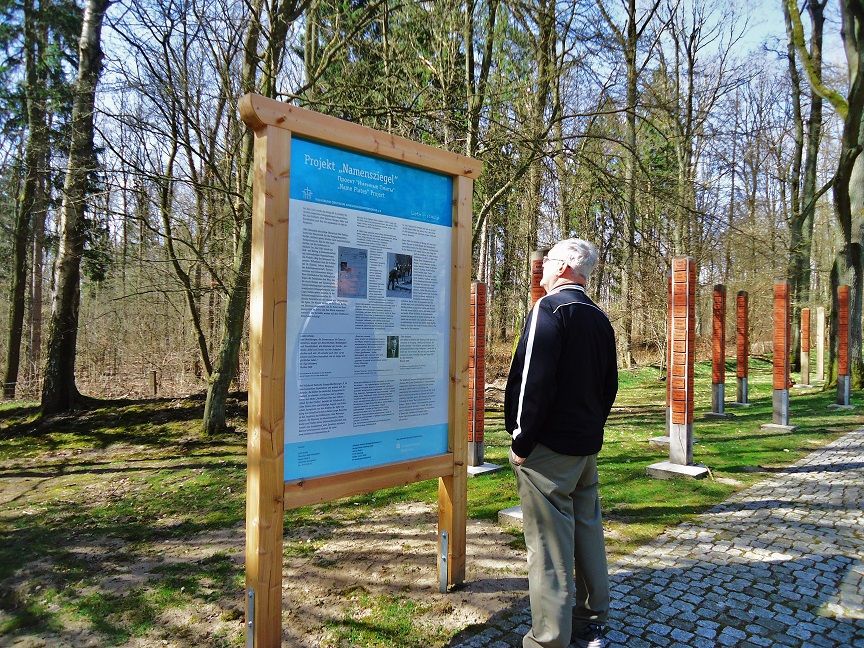
Z576-On this side of the cemetery is a special project, a school has adopted this cemetery and those poles have nameplates attached that the students made and bring here on a annual basis. The name of the project is -Names on Tiles-. Not only the students participate, the community joins and on an annual basis a procession from the railway station to here is made, the route the prisoners had to do when they arrived by train.

Z577-The grave or marker of a Russian POW in the Russian and Latin writing. Lets remember that the war in Russia caused approximately 20 million dead Russians.

Z578-Russians are remembered by name on these three grave markers. The large cemetery monument in back was erected in 1964 and replaced an earlier one.

Z579-The entrance to the Oerbke Soviet Cemetery, we are heading out to the car. A plaque near by tells the history of the dead and the cemetery in German, STALG XID/321.
In STALAG XIB and camp 357 Seven hundred thirty four (734) other prisoners died and were buried separate, then interned, sent home or went to other cemeteries. 127 of those were reburied here and were Poles, Yugoslavians, French, Belgian, Slovakians and other Soviet POWs.

Z580-In Fallingbostel and Oerbke were four camp names: STALAG XIB, 321, XID AND 357 and they were all close together, used at different times for different groups of POWs. This map is from the www and can clear up the confusion a little. There were a total of 100,000 POWs registered here, most were on work details like on village farms, most of these were French and Poles. About 30,000 Russian died and 734 other national death were recorded.

Z581-A picture from the German Commemoration Foundation (Gedenkstaette), a Russian POW in his dugout.

Z582-View of the Oerbke Soviet Cemetery XID/321, in front it seems the Russian POW is trying to clean up. This picture is from the German Commemoration Foundation (Gedenkstaette).

Z583-This building is very close to the cemetery and we drove by there, I added the description on the picture. This picture is from the German Commemoration Foundation (Gedenkstaette).
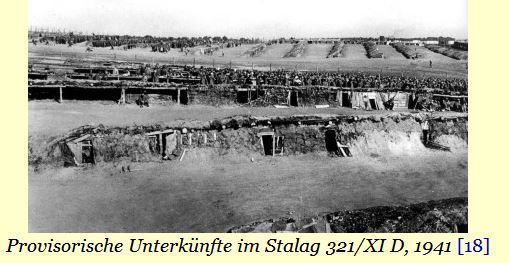
Z584-The temporary Russian dugouts in 1941 but I believe they were used into 1942 thru the winter. When I first saw these pictures a few years ago I could not believe it and this is in the State of Lower Saxony (now), where I grew up. This picture was copied from the Holocaust web pages.

Z585-I guess there were some barracks in STALAG XID/321 for the Russians in 1941. This picture was copied from the Holocaust web pages.
This is the last segment on our 10th day into the history of the Third Reich and this is the 2nd last day of our trip.



